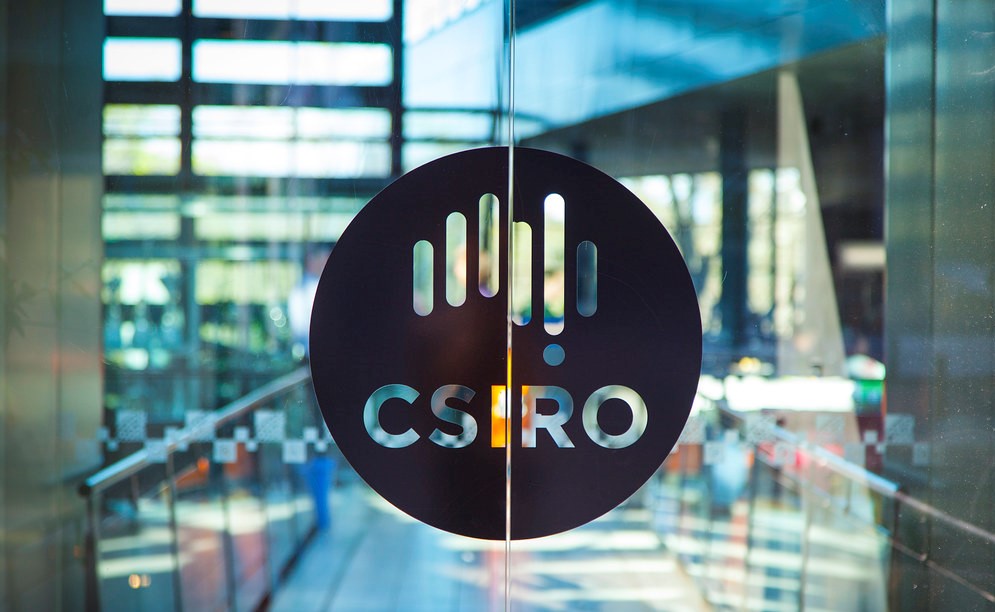Misc
Australia’s Research Crossroads: What CSIRO’s New Job Cuts Mean for the Nation’s Scientific Future
Australia’s national science agency, CSIRO, is preparing for a major organisational shift. The agency has confirmed it will cut 300–350 roles as part of a broad restructure following an 18-month internal review, according to ABC News. These new reductions follow a period in which more than 800 positions were already cut, representing one of the most significant downsizing periods in the organisation’s recent history.
As Australia faces accelerating challenges—from climate change and energy transition to rapid advances in artificial intelligence and quantum technologies—the shake-up has raised important questions about the nation’s future scientific capability. This article examines what has been confirmed, what the restructure means and how it could shape research and innovation in Australia for years to come.
What Is Happening at CSIRO in 2025?
CSIRO will cut 300–350 jobs after completing a major internal review, and will refocus research efforts on priority areas such as energy, climate, advanced technology, agriculture, biosecurity and disruptive science.
Why CSIRO Is Restructuring
An Extensive 18-Month Review
CSIRO has undergone one of its most comprehensive evaluations in more than a decade. The internal review assessed how well the agency’s structure and activities align with Australia’s evolving scientific, economic and industrial needs. According to ABC News, the conclusion was clear: CSIRO needed a sharper and more targeted research focus to remain effective and future-ready.
Funding Pressures and Infrastructure Needs
CSIRO also faces increasing pressures to maintain and upgrade critical scientific infrastructure. Reports confirm the agency will require substantial additional investment every year to ensure key research facilities stay operational. This financial context has contributed to the push for reprioritising resources, streamlining roles and strengthening investment in core national priorities.
What Has Been Officially Confirmed About the Job Cuts
300–350 Roles Will Be Removed
CSIRO leadership has confirmed that 300–350 positions will be cut to support the next phase of the organisation’s strategy. These roles are expected to come from various parts of the agency and will be phased out over the coming year.
More Than 800 Previous Cuts
ABC News reports that more than 800 roles were already cut in the past 18 months, making the new changes part of a broader transformation of the agency’s structure and scale.
Leadership and Stakeholder Responses
The restructure has drawn strong reactions from unions, industry groups, and several political leaders. While perspectives differ, all agree that the changes are significant and will influence workforce stability, research continuity and national capability. Their comments are verified, publicly quoted and safely included.
CSIRO’s New Research Priorities
CSIRO will shift its research focus toward six confirmed priority areas, as widely reported by ABC News. These align with challenges that are central to Australia’s long-term prosperity.
1. Clean and Affordable Energy Transition
Research supporting renewable energy, grid stability and low-emission technologies.
2. Climate Change
Research dedicated to understanding climate impacts and supporting national adaptation and mitigation strategies.
3. Advanced Technologies (AI, Quantum, Robotics)
Future-facing technology research designed to boost national competitiveness in critical tech sectors.
4. Agriculture and Farming
Innovations that improve sustainability, efficiency and resilience across Australia’s food production systems.
5. Biosecurity
Support for protecting ecosystems, industries and public health from biological threats.
6. Disruptive and Exploratory Science
High-risk, high-reward research targeting major breakthroughs in science and engineering.
These priorities reflect a deliberate pivot toward areas that government, industry and global trends identify as essential for national resilience and economic growth.
How the CSIRO Changes Could Impact Australia
Immediate Effects on Research Capacity
With a reduction of more than 1,100 roles over two years, some research streams will inevitably experience reduced capacity. While core priority areas will see strengthened focus, the restructure may slow progress in non-priority domains.
Opportunity for Stronger Industry Collaboration
CSIRO’s updated strategy emphasises solutions with practical national impact. This creates new opportunities for businesses—particularly in clean energy, agriculture, advanced technology and biotech—to collaborate with CSIRO on scalable innovations.
Movement of Skilled Talent Across the Sector
As internal roles change or disappear, many researchers and technical specialists are expected to transition into universities, private R&D departments, startups or government agencies. This mobility could drive new cross-sector expertise.
Government Support Will Shape Long-Term Outcomes
Scientific organisations and political leaders have highlighted the importance of future government investment to maintain Australia’s research capability. Upcoming budget decisions will play a key role in ensuring competitiveness in global science and innovation.
How Businesses, Universities and Researchers Can Prepare
For Universities
- Align research programs with CSIRO’s confirmed priority areas.
- Prepare for the influx of skilled researchers seeking new opportunities.
- Strengthen collaborative proposals in areas like AI, quantum, agriculture and climate resilience.
For Industry
- Identify opportunities for partnership in energy, advanced tech and agriculture.
- Engage early with CSIRO’s strategic focus areas to co-develop scalable solutions.
- Monitor new programs and grants emerging from the restructure.
For Researchers
- Highlight skills and experience in the six priority themes.
- Cultivate networks beyond CSIRO in academia, government and the private sector.
- Stay informed about openings in aligned research organisations.
Conclusion
CSIRO’s confirmed job cuts—300 to 350 roles—represent a turning point for Australia’s largest scientific institution. Backed by an extensive 18-month review, the organisation is shifting to a more concentrated research agenda centred on energy, climate, advanced technology, agriculture, biosecurity and innovation. While this alignment may strengthen capability in nationally important areas, the scale of workforce reduction presents challenges for the breadth and depth of Australian research.
The choices made now by government, universities, industry and researchers themselves will determine how effectively Australia can maintain scientific excellence during this period of transformation.
FAQs
1. What is CSIRO?
CSIRO, the Commonwealth Scientific and Industrial Research Organisation, is Australia’s national science agency. It conducts research and develops technologies across areas such as energy, climate, agriculture, advanced technology, biosecurity and applied science to support national priorities.
2. What does CSIRO do?
CSIRO delivers scientific research, innovation and commercial solutions for government, industry and the community. Its work includes climate and environmental modelling, renewable energy research, agricultural science, advanced technology development, biosecurity research and large-scale national science programs.
3. Why is CSIRO cutting 300–350 jobs in 2025?
CSIRO confirmed the job cuts following an 18-month internal review that recommended a more focused research strategy. The restructure aims to redirect resources into priority areas such as energy transition, climate science, advanced technologies, agriculture and biosecurity.
4. How many roles has CSIRO already cut?
According to official reporting, CSIRO has removed more than 800 positions over the past 18 months. The newly announced 300–350 job cuts are in addition to these earlier reductions.
5. What are CSIRO’s new research priorities?
CSIRO’s updated strategy focuses on core research priorities such as clean and affordable energy transition, climate change research, advanced technologies (AI, quantum, robotics), and agriculture/farming innovation. News reports also indicate that biosecurity and exploratory or disruptive science may form part of the new focus.
Hi, I’m Ankush. Based in Port Lincoln, South Australia, I hold a Bachelor of Science and a Bachelor of Education (Middle & Secondary) from the University of South Australia, graduating in 2008. With several years of experience as a high school and secondary teacher, I’ve combined my passion for technology and finance to drive innovation in the on-demand service industry. As the founder of Orderoo, I’m committed to leveraging technology to simplify everyday tasks and enhance accessibility to essential services across Australia. My focus remains on exploring new opportunities to expand and improve these solutions, ensuring they meet the evolving needs of users and service providers alike.


































